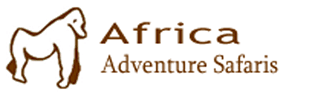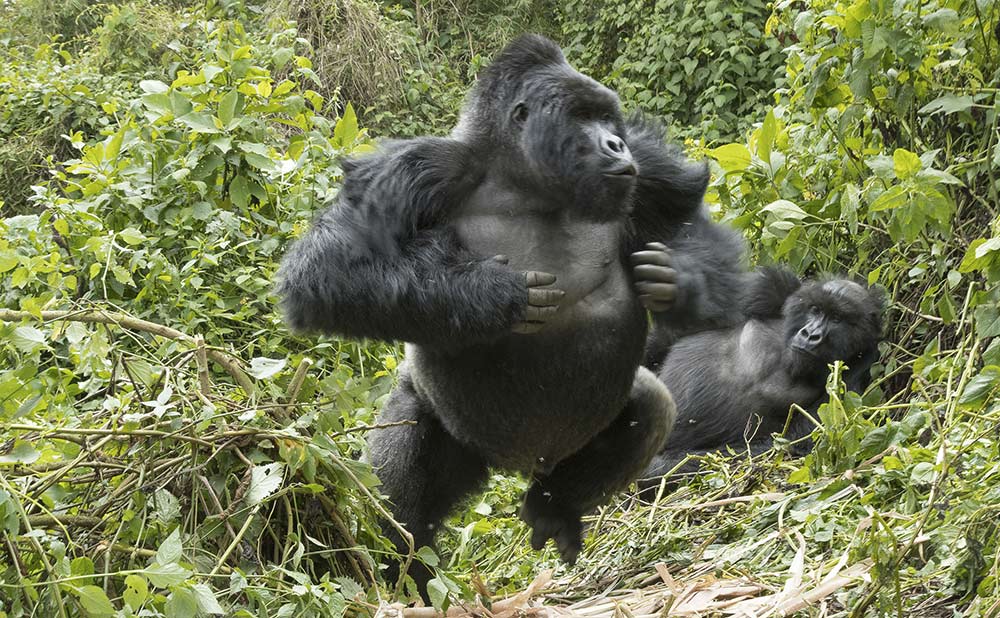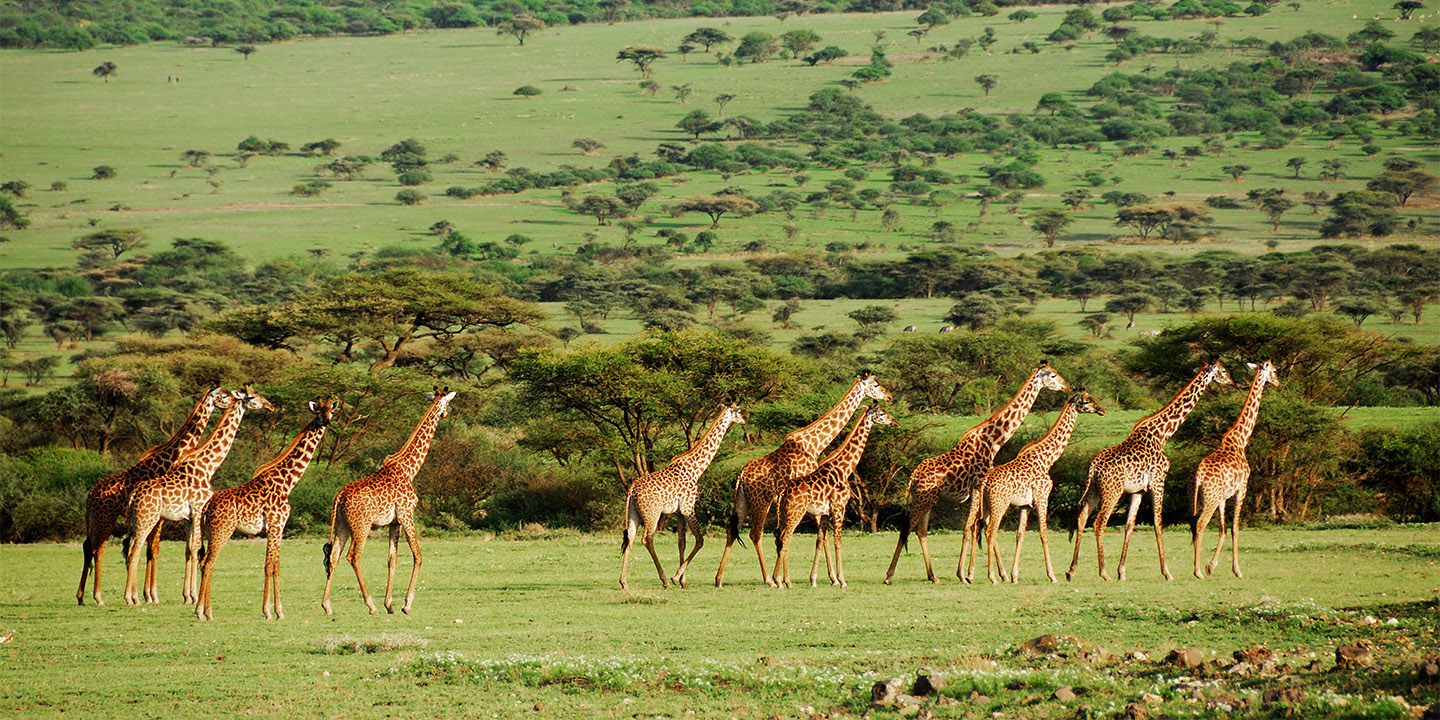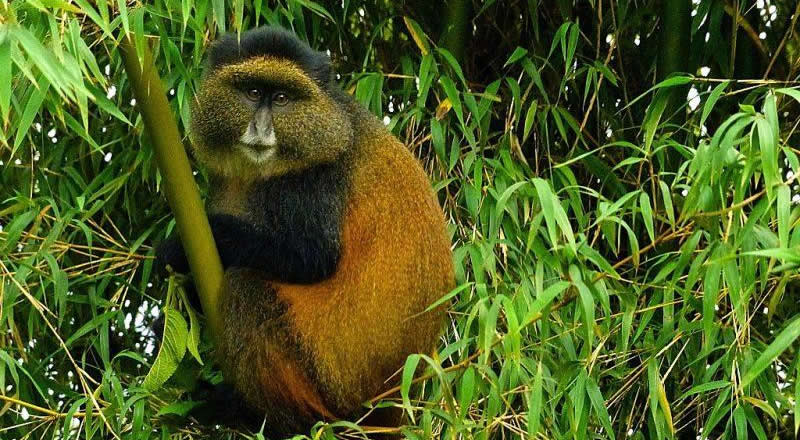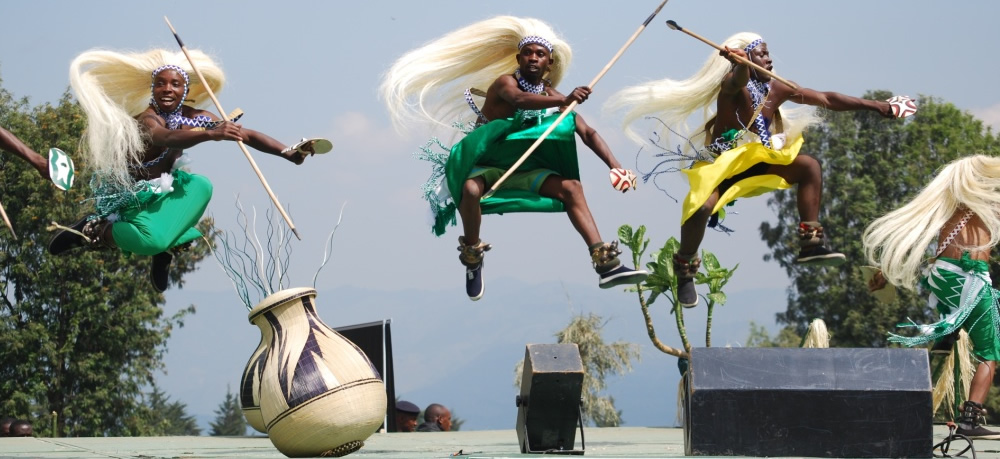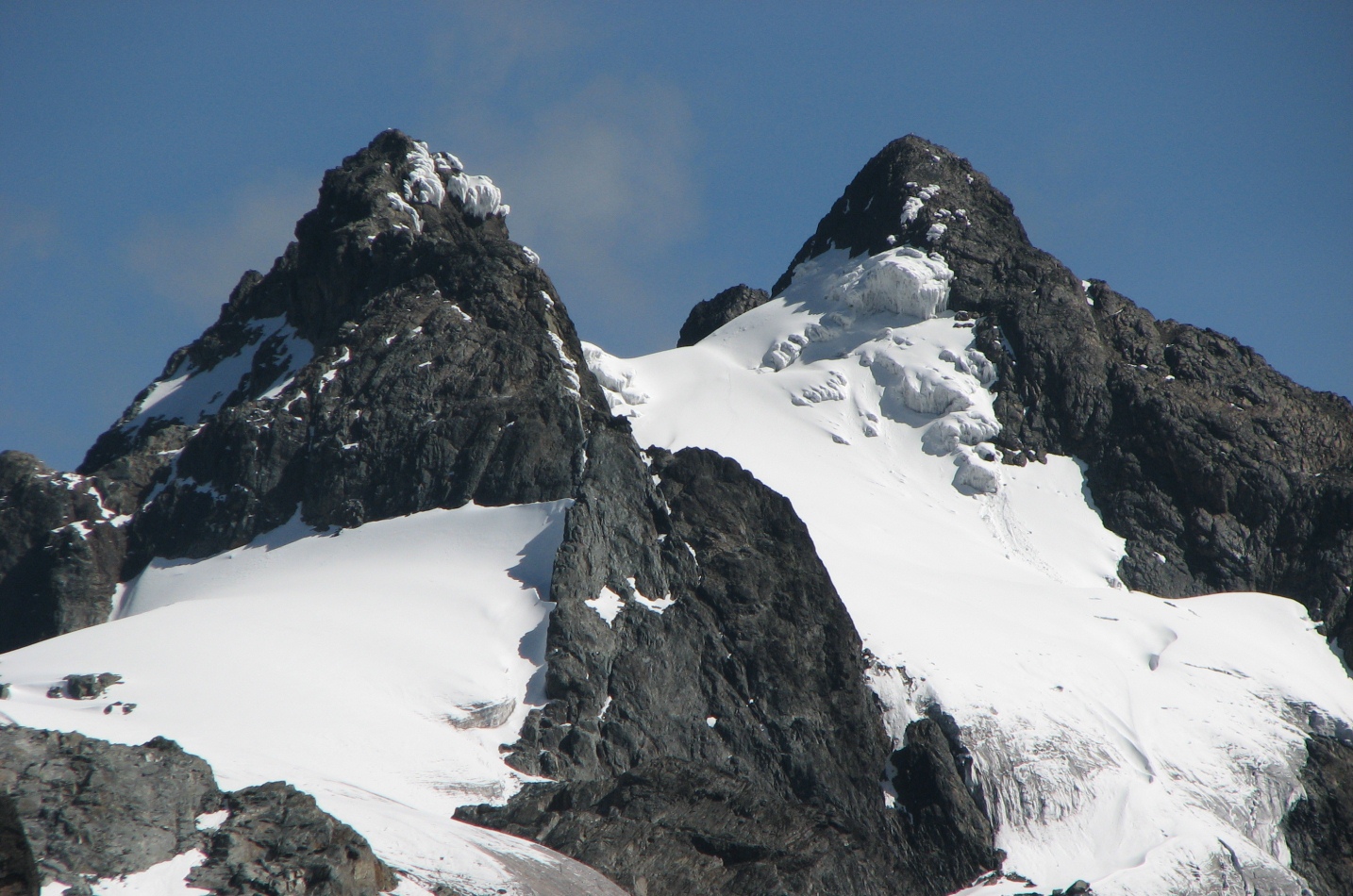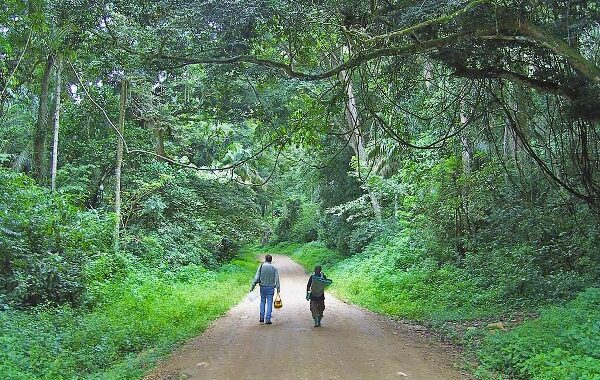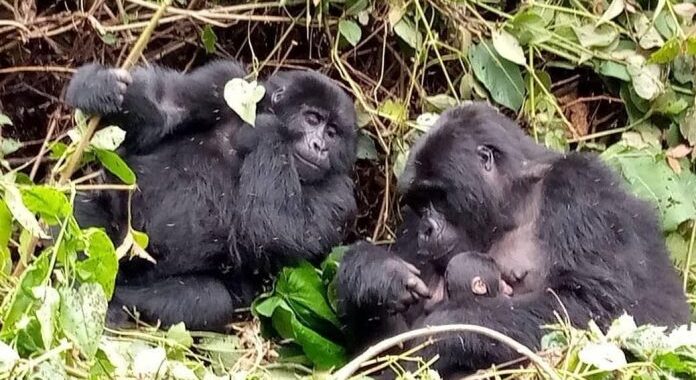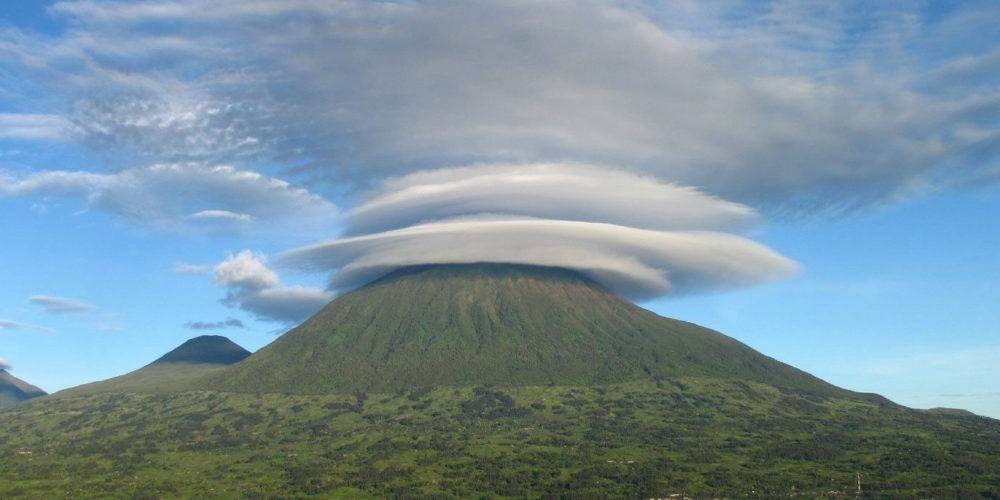Toro Semliki wildlife reserve (TSWR) is located at the southern tip of the Albertine graben in Ntoroko and Kabarole districts, western Uganda. The protected area is surrounded by Kibale forest to the south, Semliki and Rwenzori mountains national parks to the west along the border with DR Congo. The area covers 542 sq.km and was gazetted in 1929, making it one of the oldest conservation projects in Uganda that was geared towards protecting the Uganda kobs.
Probably, the reserve has one of the largest antelope species population given that the animals were not heavily poached during the Ugandan civil wars between 1970s – 1990s. After years of poaching, the number of large mammal species including elephants and lions were reduced in the reserve. The Semliki valley was prone to armed attacks by the Allied Democratic Forces coming from the Great DR Congo’s Ituri forests and Rwenzori Mountain ranges.
But, the government of Uganda eliminated them and the Wildlife Authority (UWA) efforts have since 1996 restored the reserve through wildlife initiatives such as the Semliki Chimpanzee Project. Wildlife species including both savanna and forest elephants, shoebill storks and chimpanzees are making a comeback. New tourism activities are now available for those intending to plan a wildlife safari to TSWR including primate walk, hiking, and birding, and boat rides on Lake Albert to search for shoebill stork.
Vegetation in Semliki Wildlife Reserve
The reserve is within the western branch of the Great East African rift valley with an average altitude range of 1,200 meters above sea level. The lowest point is 900 m and the highest is 1,900 m along the Makondo escarpments in the north east. There are 2 rivers that flow southward including Mugiri and Wasa rivers which create the Nyaburogo gorge in the center of the park.
The nature of vegetation in Toro Semliki wildlife reserve is influenced by altitude from papyrus swamps along the shores of Lake Albert, grasslands on the escarpments and hills to riverine and swamp forests in the river valley. Much of the park is dominated by savanna plains and woodlands containing red oats and common thatching grasses which are dotted by borassus palms, Albizia, cynometra, combretum, and acacia trees. Riverine forest galleries occur along the river bank and in the valley, you will see giant buttress rooted tree species that grow up to 35 meters tall including giant colas, celtis, iron woods (cynometra alexandri), and senegal palm dates.
Fauna
Due to a variety of habitats, the Toro Semliki ecosystem is rich in biodiversity including over 435 species of birds including the shoebill stork which dwells in the swamps along the shores of Lake Albert. There are 69 mammal species including one of the largest populations of Uganda kobs in the country. Other large mammal species in Toro Semliki wildlife reserve include elephants, buffaloes, lions, leopards, and warthogs, giant forest hogs, defassa waterbuck, boho reedbucks, common duiker, and bushbucks.
Besides, there are 7 primate species of which chimpanzees are the highlight and have been studied since 1996. In addition, there are several monkeys including olive baboons, black and white colobus monkeys, de Brazza’s monkeys, red tailed monkeys, blue monkeys, red colobus monkeys, dent’s mona monkeys, and the northern lesser bushbaby. The Uganda Wildlife Authority (UWA) is still carrying a proper inventory of wildlife species in the reserve with 13 amphibian and over 30 reptile species identified. The most encountered mammals are Uganda kobs, waterbucks, buffaloes, and elephants. The chance to see leopards, lions, and hyenas is by luck and often occurs during night game drives.
Tourist experiences in Semuliki wildlife reserve
Toro-Semuliki wildlife reserve offers a wide range of activities including primate walk, birding, game drives, boat rides on Lake Albert, and hiking, which are available for booking through tour operator or UWA headquarters in Kampala capital city. On your Uganda safari, picking this reserve will allow you to venture off the beaten route. Given that fewer people travel there even during the high season (June to September and December to February).
Primate walk
The primate walk in Toro Semliki wildlife reserve was created to allow visitors to explore the flora and fauna on foot, especially the chimpanzees which inhabit both woodlands savanna and forests with sparse tree canopy cover along the Mugiri river in the centre of the reserve. UWA began studying two chimpanzee communities of Toro Semliki wildlife reserve in 1996. Today, the Mugiri river chimpanzee group is available for visiting.
The calls of chimpanzees are often heard from the research camp located within its home range. There are well-maintained trails that make the primate walk easy to do even for children at 5 years of age. You will be searching for chimps in the woodlands unlike the treks in dense forests of Kibale national park. Besides chimps, you might see the red colobus monkeys, olive baboons, velvet monkeys, and dent’s mona monkeys.
Boat rides on Lake Albert
Lake Albert with a surface area of 5,300 sq.km is the 5th largest of the 7 African Great Lakes. The southern shorelines are part of the Toro Semliki wildlife reserve and the boat rides offer access to the swamps which support a variety of water bird species including the shoebill stork. Motorized canoe trips are used to search for the birds often seen in pairs. Birding on Lake Albert is rewarding with a chance to see the African sacred ibis and pygmy goose, pelicans, grey headed kingfishers, and hammerkops.
Game drives
Toro Semliki wildlife reserve offers both day and night game drives. The main wildlife encounters during the day include Uganda kobs, buffaloes, waterbucks, warthogs, and elephants. Leopards and lions are present and the chance to see the big cats might be during night game drives.
Cultural encounters
Communities around the Toro Semliki wildlife reserve include various clans of the Batoro who are both cultivators and cattle keepers. Under the Karugutu Community Conservation Association (KCCA), the locals offer traditional dance performances. Those intending to have cultural entertainment or buy local crafts can visit their shop right at the park entrance.
Attractions
Mugiri and Wasa rivers
Toro Semuliki wildlife reserve is drained by Mugiri river and its tributary Wasa which flow through the park into Lake Edward. The Mugiri forest river trail was created for those intending to see species that inhabit the river valley including forest elephants. Even though they can be found in Mgahinga and Bwindi impenetrable forest, they are difficult if not impossible to see due to the nature of terrain. TSWR is your best opportunity to encounter a forest elephant.
Nyaburogo gorge
The Mugiri river flow encounters enormous rocks to form the Nyaburogo gorge. White water rapids in the gorge make it a spectacular sight for keen photographers. From the UWA visitor center, the gorge trail extends for 7 km passing through a variety of habitats and takes 3 hours to complete.
How to get there
Toro Semuliki is 371 km (6-hour drive) west of Kampala capital city and 58 km (1.5 hour drive) from Fort Portal, where a scenic route leads you to Karugutu, the nearest trading center is 28 km from the park entrance. The reserve is also 90 km northwest of Kibale forest national park, making it easy to combine both parks in an itinerary. The reserve can also be reached by air through the UWA airstrip at Semliki safari lodge.
Accommodations
Semliki safari lodge has been the only accommodation in the park for some years, however. UWA also opened up self-contained bandas, a camping site and a canteen offering standard rooms, meals and drinks to visitors.
